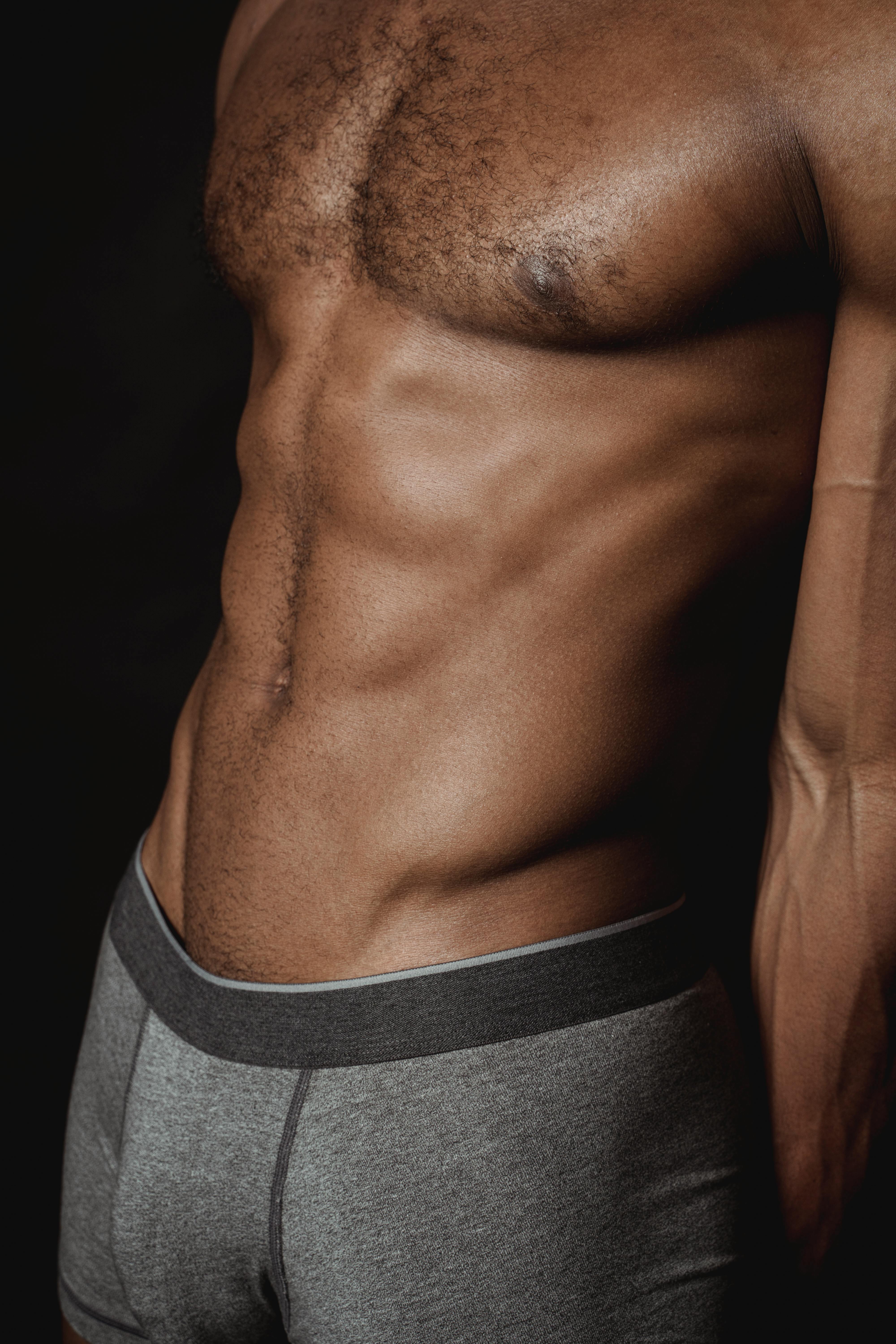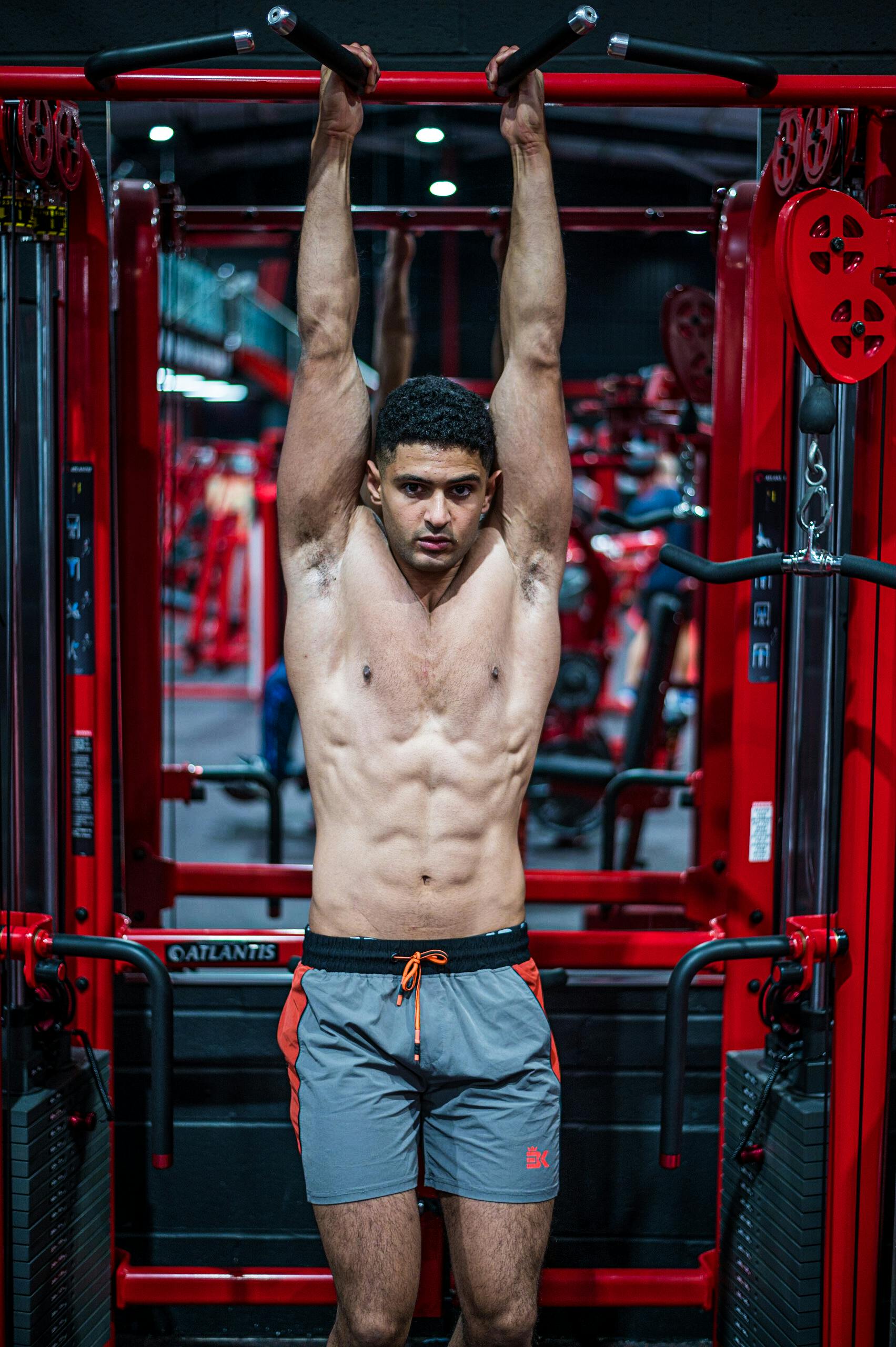Best 7 Ways to Train Your Middle Chest Effectively in 2025
In today’s fitness landscape, training the middle chest has become essential for achieving a well-defined and muscular upper body. The middle chest, or “mittlere Brust” in German, plays a crucial role in your overall physique, contributes to strength, and helps in various upper body movements. This article outlines the best seven ways to optimize your middle chest training for effective muscle growth and conditioning, specifically tailored for 2025 fitness trends.
Training your middle chest not only improves your appearance but also enhances your overall physical performance. Whether you’re aiming for increased muscle mass, better body posture, or simply a more defined look, effective exercises can help you achieve your goals. We will go through a mix of techniques, equipment recommendations, and training strategies that can easily fit into your existing fitness program.
Join us as we delve into the top methods for targeting your middle chest, complete with expert recommendations and practical tips!

Essential Techniques for Brusttraining
Building on the fundamentals of chest training, it’s crucial to understand the specific techniques that target the middle chest effectively. To maximize chest muscle growth, concentration on exercises that engage these specific muscle fibers will yield the best results. Your focus should include various “Brustübungen” such as the Brustpresse and Fliegende.
Effective Chest Press Variations
The chest press, specifically in variations like the flat bench press, allows you to target your middle chest effectively. This compound movement recruits multiple muscle groups, aiding in muscle growth and strength gains.
Start with a warm-up to prepare your muscles—a set of lighter weights will do. Progress to 3-4 sets of 8-12 repetitions with heavier weights, ensuring you maintain proper form to avoid injuries.
Utilizing both free weights and machines can enhance your training routine, giving flexibility to your workout sessions.
Incorporating Fliegende for Definition
Fliegende (or fly exercises) significantly target the chest muscles, allowing for a stretch and contraction that specifically hits the middle chest. Engage in dumbbell flys or cable flys for optimal results.
For best practices, perform 3-4 sets with 10-15 repetitions, ensuring control throughout every movement. Focus on the contraction at the top of each rep to maximize muscle engagement.
Understanding Bankdrücken Techniques
Bankdrücken (bench press) is a classic chest exercise that promotes strength in the upper body. It’s essential to adapt this technique to fit your fitness level, especially within group training settings.
Incorporate various angles, such as incline bench press, to target different parts of the chest while still emphasizing the middle section. Always prioritize safety and proper technique with a spotter when lifting heavy weights.
Optimizing Your Brustmuskelaufbau Routine
With these foundational exercises established, integrating a systematic approach to muscle building will enhance your results significantly. Emphasizing progressive overload and intelligent training adjustments is vital for continuous improvement.
Importance of Progressive Overload
Progressive overload is a crucial strategy for muscle growth and strength enhancement. Gradually increasing the weight or resistance during your training sessions will encourage your muscle fibers to adapt and grow. Transitioning from lighter weights to heavier sets as your strength increases is key.
Additionally, varying your routines by adjusting repetitions, sets, and rest times can keep your workouts engaging and effective.
Importance of Rest and Recovery
Muscle recovery plays an essential role in effective training. Ensure you provide your chest muscles sufficient time to recover between workouts—for instance, allowing 48 hours before targeting the same muscle group again.
Incorporate stretching and cool-down exercises post-workout to aid in recovery and prevent muscle soreness, ensuring optimal performance in future training sessions.
Nutritional Considerations for Muscle Growth
Your diet is just as important as your workout regime in bodybuilding. Ensure that you are consuming a balanced diet rich in proteins to aid in muscle repair and growth. Integrating fitness recipes that focus on nutrient-dense foods can help meet your nutritional goals.
Hydration is also crucial during workouts—aim for consistent water intake to maintain energy levels and optimize performance.

Crafting Your Personalized Brusttraining Plan
Creating a tailored training plan that fits your unique fitness goals is fundamental for success. Consider your personal fitness level, desired outcomes, and schedule to develop an effective regimen.
Evaluating Fitness Goals
Whether your aim is muscle definition, building mass, or enhancing strength, assessing realistic personal fitness goals will shape your training plan. Connect with a personal trainer if needed to establish specific objectives and strategies.
Regularly review your goals and adjust them as needed to maintain motivation and track your progress effectively.
Incorporating Equipment and Alternatives
Utilizing a variety of training devices can keep your sessions dynamic and enjoyable. Incorporating resistance bands or cables can provide an alternative workout that engages the middle chest effectively without traditional equipment.
Consider outdoor fitness sessions or home workouts as valuable alternatives—bodyweight exercises like push-ups can be highly effective for the chest with proper form and consistency.
Tracking Progress and Making Adjustments
Keeping detailed records of your training sessions will help you understand your progress better. Note your weights lifted, repetitions, and overall performance to visually see improvements over time.
If you plateau, don’t hesitate to adjust your routine by switching exercises, modifying sets, or incorporating different training techniques to stimulate growth.
Common Errors to Avoid in Chest Training
As with any workout regime, avoiding common pitfalls is important to ensure safety and maximize results. Many individuals overlook form and technique, which can lead to injury or ineffective training.
Maintaining Proper Form
In all exercises, especially those focusing on the middle chest, maintaining proper form is crucial. Engage your core, avoid excessive arching of the back, and ensure your wrists are straight during presses.
Using a mirror or filming your movements can provide valuable feedback to enhance form and effectiveness.
Overtraining and Insufficient Recovery
A common mistake among dedicated fitness enthusiasts is overtraining. Balancing workout frequency with adequate recovery ensures muscles gain strength instead of succumbing to fatigue.
Listen to your body—if you feel fatigued or experience muscle soreness, consider taking a rest day or engaging in lighter activities.
Inadequate Nutrition and Hydration
Finally, pay attention to nutrition and hydration as essential components of your training success. Avoid excessive caloric deficits while pursuing muscle definition; instead, focus on balanced meals that support recovery and energy levels.
Hydration is also key—maintaining fluid levels can significantly impact workout performance, especially during intense training sessions.
Q&A: Key Concepts in Middle Chest Training
Q1: How often should I train my middle chest?
A1: A common recommendation is to target your middle chest 1-2 times per week, ensuring rest days in between sessions to promote recovery.
Q2: What are the best exercises for building middle chest muscle?
A2: The best exercises include the bench press, dumbbell flys, and incline pressing variations, all of which stimulate the chest muscles effectively.
Q3: Should I use machines or free weights for chest training?
A3: Both machines and free weights have their benefits; machines are great for beginners while free weights are recommended for enhancing overall stability and strength.
Q4: What role does nutrition play in muscle growth?
A4: Proper nutrition provides the necessary fuel for workouts and helps in muscle recovery and repair—focus on a protein-rich diet with balanced carbohydrates and fats.
Q5: Can I achieve great results with home workouts?
A5: Absolutely! Bodyweight exercises and minimal equipment can achieve significant training results if performed consistently with proper techniques.
By incorporating these effective strategies into your training routine, you can significantly enhance your middle chest development, contributing to overall upper body strength and appearance. With dedication and the right approach, you’ll be well on your way to reaching your fitness goals in 2025!
